Hey, pal, are you still waiting for Black Friday? The discounts we have now are like never before! Our quality is top-notch! Reach out to us right this minute and you’ll get offers you can’t even imagine!

FRP I Beam
Why FRP I Beams?
Tired of steel beams rusting in corrosive environments? Struggling with heavy materials that drive up transport costs? Say hello to FRP I Beams (Fiberglass H Beams)—the lightweight, high-strength alternative revolutionizing industries worldwide!
Key Features
✅ Unmatched Corrosion Resistance
Perfect for harsh environments (chemical plants, marine applications, wastewater treatment) where steel fails. No more rust, no more replacements!
✅ Lightweight & Easy to Install
Weighing 70% less than steel, FRP I Beams reduce labor costs and accelerate project timelines. Imagine cutting installation time by half!
✅ High Strength-to-Weight Ratio
Engineered to handle heavy loads without bending or cracking. Safety and durability? We’ve got you covered.
✅ Low Maintenance & Long Lifespan
Forget annual repainting or coatings. FRP beams last 30+ years with minimal upkeep. Save money, save time, save effort.
✅ Non-Conductive & Fire-Retardant Options
Ideal for electrical substations, oil & gas facilities, and fire-sensitive zones. Safety first, always.
Applications
Where can FRP I Beams transform your projects?
- Industrial Platforms & Walkways (chemical plants, mining, power generation)
- Bridges & Boardwalks (coastal areas, high-moisture zones)
- Support Structures for tanks, pipes, and equipment
- Marine & Offshore Installations (docks, boat ramps, seawalls)
- Architectural Designs requiring sleek, rust-free aesthetics
Is your project exposed to saltwater, chemicals, or extreme weather? FRP I Beams are your answer.
Why Global Clients Choose Us?
🌍 Customization Ready
Need specific dimensions, colors, or load capacities? We tailor beams to your exact requirements.
🌍 Competitive Pricing & Fast Lead Times
No hidden costs. Get factory-direct pricing and shipments within 2-3 weeks.
🌍 Certified Quality
Our beams meet ISO, ASTM, and CE standards, ensuring reliability you can trust.
🌍 24/7 Technical Support
From design to installation, our experts are here to help. Your success is our priority.
Ready to Upgrade Your Projects?
📩 Contact us today for a FREE sample or a customized quote!
📞 WhatsApp: +8613833857335
📧 Email: info@fiberglass-profiles.com
Still unsure?
👉 Ask us about our case studies! See how fiberglass H beams saved 50% costs for a wastewater plant in Germany.
 FRP profiles, fiberglass grating
FRP profiles, fiberglass grating
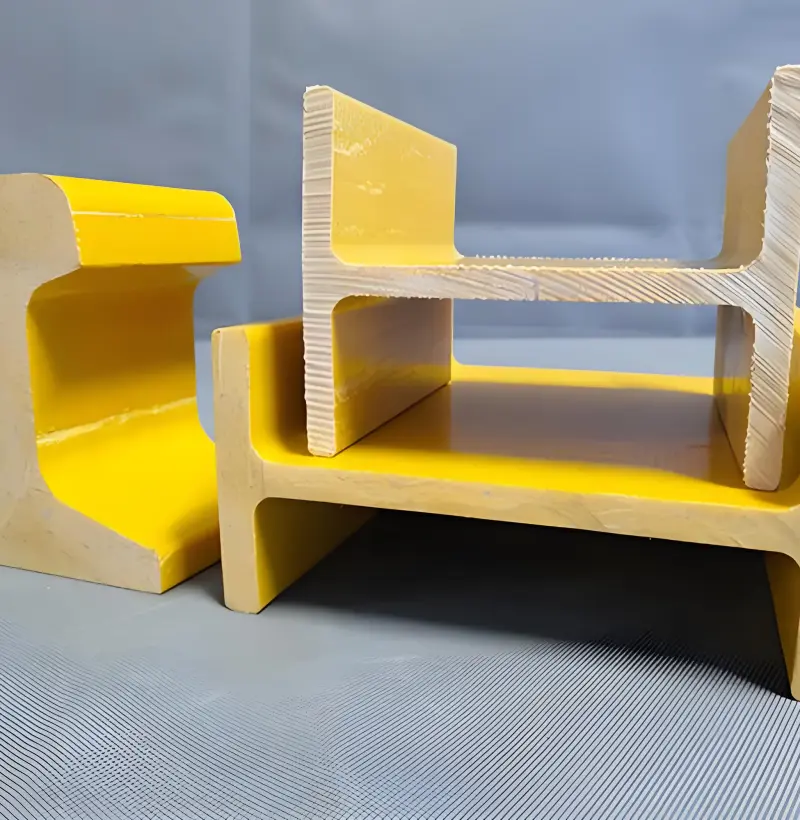
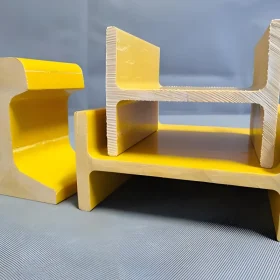

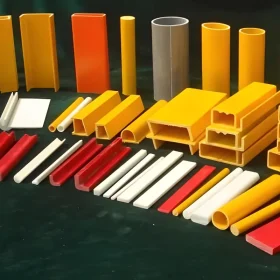





 If our website has no specs you need, please contact online customer service or leave us a message. Our professional sales personnel will reply to you the first time!
If our website has no specs you need, please contact online customer service or leave us a message. Our professional sales personnel will reply to you the first time! Packing: in pallet
Packing: in pallet
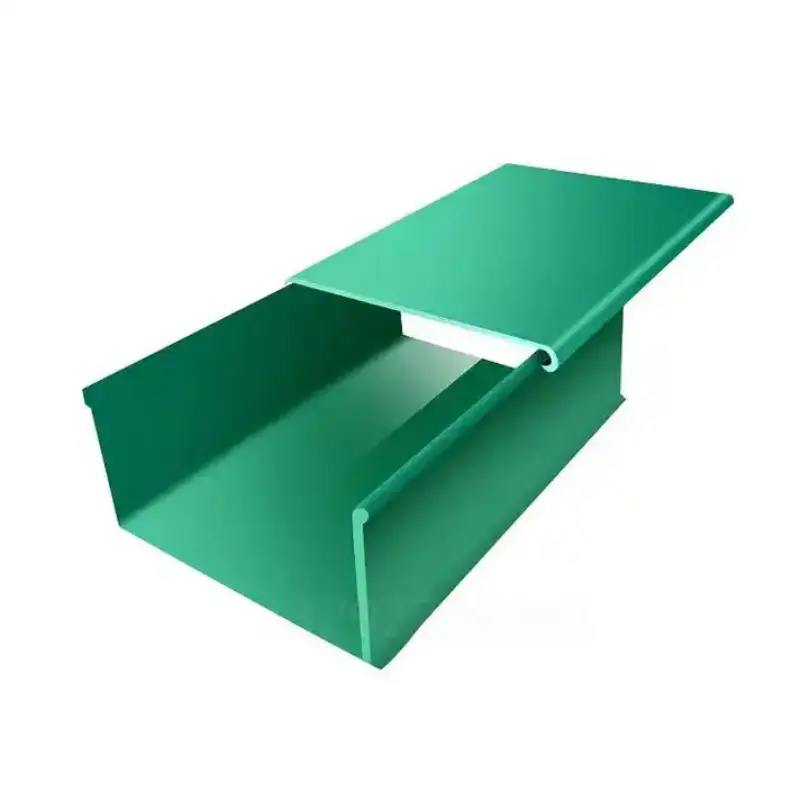


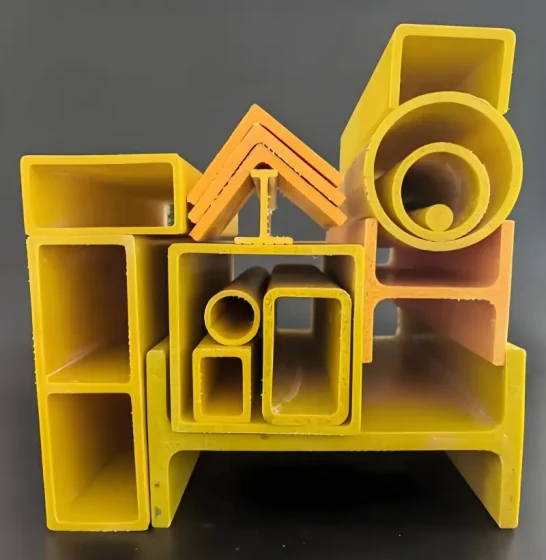

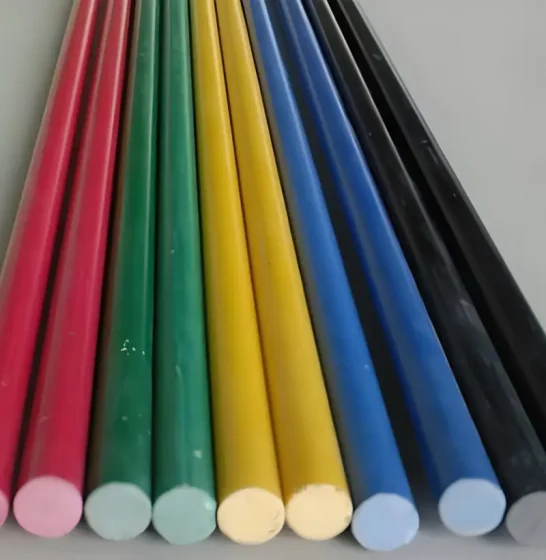


Scan the QR Code with WeChat